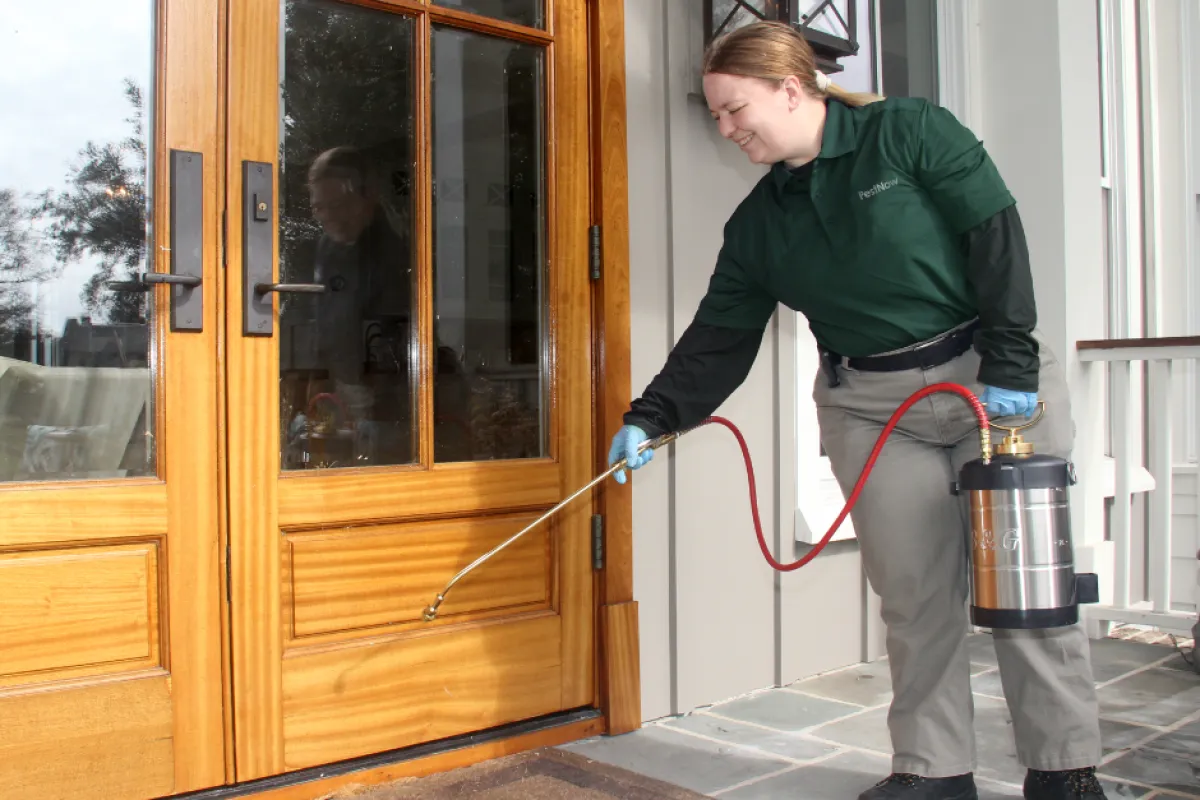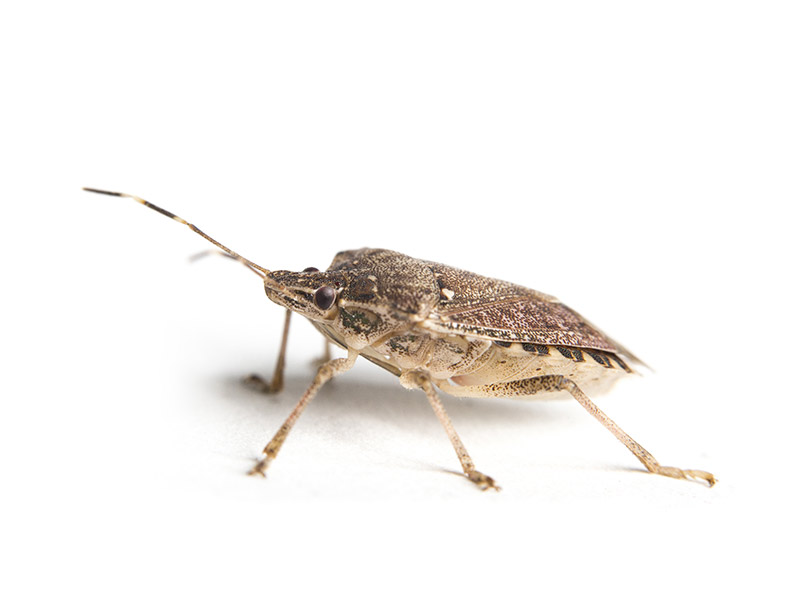Get rid of pests with professional Pest Control solutions today.
Eco-Friendly Bug Control Approaches for Taking Care Of Wildlife in Urban Locations
Urban areas frequently locate themselves at the junction of human activity and wildlife, leading to special difficulties in parasite management. These methods not only secure the environment yet likewise enhance area engagement in wildlife management. As metropolitan populations proceed to expand, recognizing the dynamics of wildlife communications comes to be significantly critical.
Comprehending Urban Wild Animals Characteristics
Comprehending Urban Wildlife Characteristics is necessary for establishing reliable and environment-friendly insect control strategies. Urban locations are progressively becoming environments for different wildlife varieties, driven by aspects such as habitat fragmentation, food schedule, and human infringement. Recognizing these characteristics enables a nuanced approach to pest monitoring that straightens with environmental principles.
Urban wildlife frequently consists of species such as raccoons, squirrels, and birds, which adapt to city atmospheres, locating particular niches in eco-friendly rooms, parks, and also houses. Their presence can lead to conflicts with people, especially when they make use of human sources for food and shelter. Comprehending the actions and environmental functions of these varieties notifies techniques that decrease negative interactions while promoting biodiversity.
Moreover, recognizing the interdependencies within metropolitan ecological communities helps in identifying essential areas for environment preservation and reconstruction. This knowledge contributes to the advancement of integrated pest management (IPM) techniques that think about the ecological equilibrium, therefore reducing dependence on dangerous chemicals. By fostering conjunction in between humans and metropolitan wild animals, cities can develop much healthier atmospheres that benefit both locals and neighborhood ecological communities, paving the way for lasting city living.
Natural Repellents and Deterrents
All-natural repellents and deterrents supply a sustainable choice to conventional pest control methods by utilizing the power of nature to maintain unwanted species at bay. These environmentally friendly services typically use plant-based ingredients, important oils, and various other normally happening compounds that deter insects without harming the atmosphere.
One effective natural repellent is peppermint oil, which is understood to drive away rats and bugs. Its strong aroma is unpleasant to several parasites, making it a preferred option for metropolitan settings. Vinegar and citrus peels can serve as deterrents, as their solid smells are usually unappealing to various wild animals.
Furthermore, diatomaceous earth is a natural powder that can be spread out in areas prone to parasite activity, effectively drying out and preventing bugs without posing threats to non-target types. Garlic sprays and neem oil are identified for their ability to drive away a broad array of insects, consisting of both insects and larger wild animals.
Executing these all-natural repellents not only lowers reliance on chemical pesticides yet additionally promotes a healthier city environment, cultivating a much more well balanced coexistence in between humans and wildlife. By making use of these approaches, metropolitan locations can successfully take care of insect populaces while decreasing environmental effect.
Environment Modification Techniques
Efficient environment modification methods play a crucial role in sustainable insect monitoring by altering the atmosphere to make it much less conducive to pest invasions. By recognizing the eco-friendly dynamics of urban areas, homeowner can implement tactical adjustments that prevent parasites while advertising biodiversity.
(Mosquito Treatment)One primary strategy involves maintaining appropriate cleanliness. This consists of routine waste elimination, safeguarding garbage can, and getting rid of standing water to minimize breeding websites for insects and rodents. Furthermore, landscape design techniques such as picking indigenous plants can enhance environmental equilibrium, supplying environments for beneficial organisms while reducing resources for bugs.
One more essential method is to seal access factors in structures. Examining and repairing splits in structures, walls, and home windows can substantially minimize bug access. Additionally, creating physical obstacles, such as fences or plant barriers, can hinder wildlife movement right into human-inhabited areas.
Integrated Insect Management Practices
Building upon habitat adjustment strategies, integrated bug monitoring (IPM) methods use an alternative strategy to managing pest populations while minimizing ecological impact. IPM incorporates various methods, including organic, cultural, mechanical, and chemical controls, to attain effective bug management.
Biological control entails the introduction of all-natural predators or bloodsuckers to reduce bug populaces. Cultural methods, such as plant rotation and hygiene, disrupt pest life cycles and lessen their habitats - Pest Control. Mechanical controls, like catches and barriers, give instant remedy for pest stress without chemical treatment
Chemical controls are used as a last hope, focusing on targeted applications that restrict injury to non-target species and the environment. The choice of eco-friendly pesticides, when needed, is integral to the IPM structure. Additionally, keeping an eye on parasite populaces and assessing potential damage assists notify decision-making, making certain that treatments are prompt and effective.
Neighborhood Participation and Education And Learning

(Wasp removal Port Charlotte)Workshops and informational sessions can gear up citizens with expertise concerning indigenous types, environment preservation, and efficient non-toxic insect administration methods. Collaboration with schools, local organizations, and federal government firms better boosts academic outreach, making sure that important information reaches varied target markets.
Additionally, community-led efforts, such as neighborhood clean-up days and habitat remediation jobs, not only promote biodiversity yet likewise enhance neighborhood ties. Pest control service. By motivating residents to share their experiences and monitorings, communities can establish targeted strategies that deal with details regional pest concerns
Integrating feedback from homeowners into insect monitoring prepares enables an extra responsive and flexible technique to wild animals difficulties. Ultimately, educated and engaged areas are essential check this to attaining long-lasting success in environment-friendly insect control, causing healthier metropolitan environments that value both human and ecological demands.

Conclusion
In final thought, environment-friendly bug control approaches offer lasting options for taking care of metropolitan wildlife. By prioritizing habitat adjustment, utilizing natural repellents, and implementing integrated insect administration methods, areas can foster an unified conjunction with local fauna.